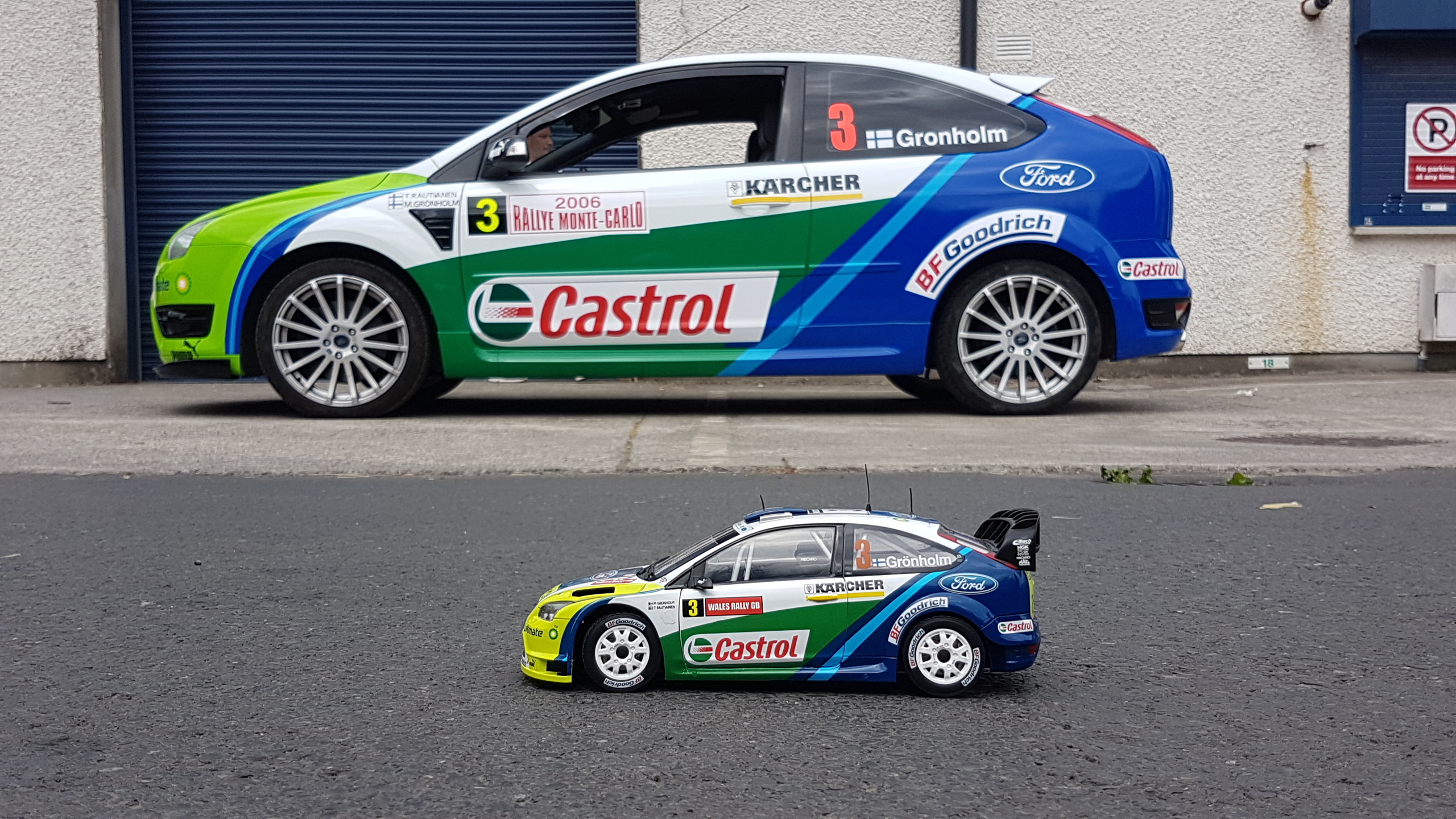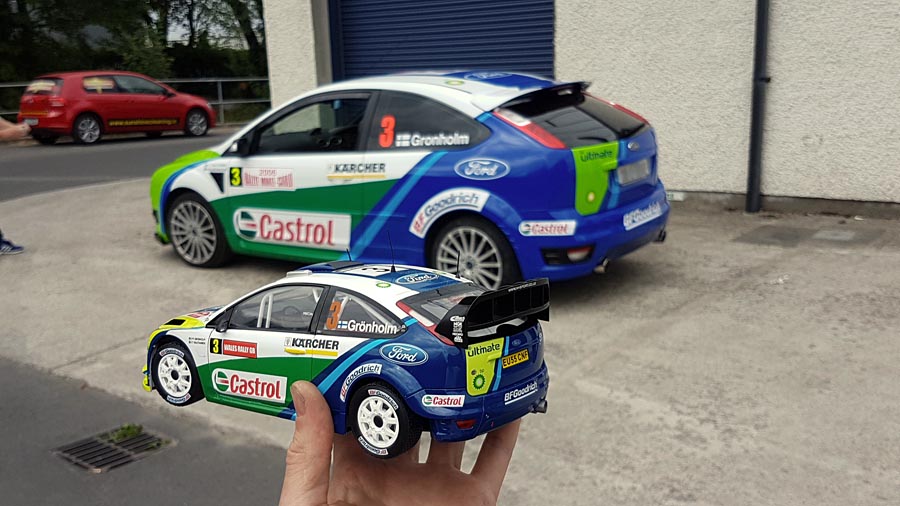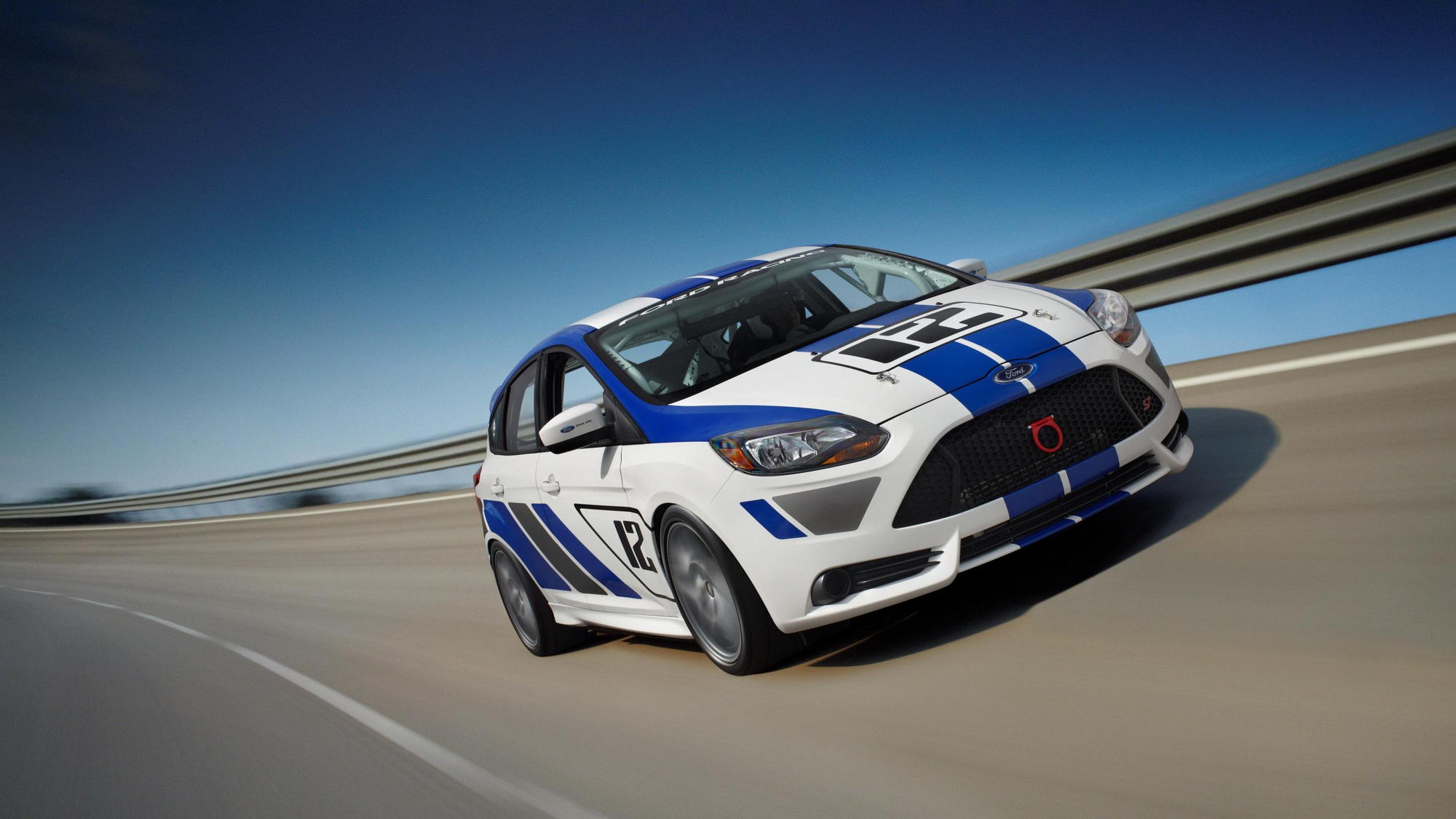The Ford Focus ST Rally Car: The Story of a Legend
The Ford Focus ST. To some, it’s a spirited hot hatch, a practical everyday car with a punch. But to rally enthusiasts, the Focus ST represents something more: a potent, adaptable platform that, when transformed, conquered stages and thrilled crowds. This article delves into the fascinating history of the Ford Focus ST rally car, exploring its evolution, successes, and enduring legacy in the world of motorsport.
A Foundation for Success: The Genesis of the Focus ST
The Ford Focus, introduced in 1998, quickly gained popularity for its modern design and agile handling. This inherent athleticism made it an ideal candidate for motorsport, and Ford wasted no time in capitalizing on its potential. The first iteration of the rally-ready Focus, built to compete in the World Rally Championship (WRC), debuted in 1999, replacing the aging Ford Escort. This marked the beginning of a journey that would see the Focus evolve into a dominant force on the rally circuit.
The ‘ST’ designation, though commonly associated with the road-going hot hatch, was crucial in shaping the rally car’s development. The underlying engineering and performance characteristics of the ST models provided a solid foundation for the more extreme modifications required for rally competition.
Evolution Through the Years: The Ford Focus ST’s Rally Car Transformations
The Ford Focus ST rally car wasn’t a static entity. It underwent significant transformations throughout its competitive lifespan, adapting to evolving regulations and the relentless pursuit of performance. Here’s a glimpse at some key developments:
- Early Years (1999-2004): The initial Focus WRC cars were powered by a turbocharged 2.0-liter inline-four engine, producing around 300 horsepower and featuring advanced four-wheel-drive systems. These early versions showcased the Focus’s inherent agility and quickly established it as a contender.
- The Mk I Focus (2005-2007): Ford updated the Focus with a revised chassis and bodywork, resulting in improved aerodynamics and handling. The engine remained a 2.0-liter turbo, but further refinements increased power output and reliability.
- The Mk II Focus (2006-2010): A new generation of the Focus brought further advancements. This included improvements to the suspension, braking systems, and overall vehicle dynamics. The Focus continued to be a force to be reckoned with on rally stages.
- The Mk III Focus (2011-2018): While the Ford Focus WRC program evolved and was later replaced by the Ford Fiesta WRC, the underlying technology and engineering principles pioneered in the Focus continued to influence Ford’s rally efforts.
Key Drivers and Notable Achievements
The Ford Focus ST rally car attracted some of the most talented drivers in the world. Their skill and determination played a critical role in the car’s success. Some of the most memorable names associated with the Focus include:
- Colin McRae: A legend in rallying, McRae drove the Focus WRC to multiple victories and podium finishes, cementing its reputation for performance and excitement.
- Markko Märtin: The Estonian driver, known for his consistency and speed, achieved significant success in the Focus WRC, contributing to the car’s impressive record.
- Marcus Grönholm: Grönholm, a two-time World Rally Champion, also piloted the Focus WRC, adding to its trophy cabinet.
The Ford Focus ST rally car achieved numerous victories and podium finishes in the WRC, contributing to Ford’s overall success in the championship. These achievements solidified the car’s place in rally history and helped to build its legendary status.
Legacy and Impact: The Enduring Influence of the Focus ST Rally Car
The Ford Focus ST rally car’s impact extends far beyond its competitive achievements. It helped to popularize the Focus nameplate, demonstrating its capability and versatility. The technology and engineering advancements honed in the WRC program also filtered down to the road-going versions, improving their performance and driving dynamics.
Today, the legacy of the Ford Focus ST rally car lives on. It is a beloved car among rally fans and enthusiasts, and its success continues to inspire new generations of drivers and engineers. The memories of its thrilling performances on the world’s rally stages remain vivid, solidifying its position as a true icon of motorsport.
Frequently Asked Questions (FAQs)
1. What engine did the Ford Focus ST rally car use?
The Ford Focus ST rally car predominantly utilized a turbocharged 2.0-liter inline-four engine, producing around 300 horsepower.
2. What was the main difference between the road-going Focus ST and the rally car?
The rally car featured significantly upgraded components including a highly modified engine, advanced four-wheel-drive systems, reinforced chassis, and specialized suspension and braking systems. The road-going ST offered a performance-oriented driving experience, but the rally car was built for extreme competition.
3. Who were some of the most successful drivers of the Ford Focus ST rally car?
Notable drivers included Colin McRae, Markko Märtin, and Marcus Grönholm, all contributing to the car’s impressive record of victories and podium finishes.
4. Did the Ford Focus ST rally car win any championships?
While Ford didn’t win the WRC manufacturer’s championship with the Focus, its drivers achieved numerous victories and podiums, contributing significantly to Ford’s overall success in the championship.
5. What is the current status of the Ford Focus ST rally car?
While no longer actively competing in the WRC, many examples of the Focus ST rally car still exist, often participating in historic rally events and cherished by collectors and enthusiasts worldwide.




